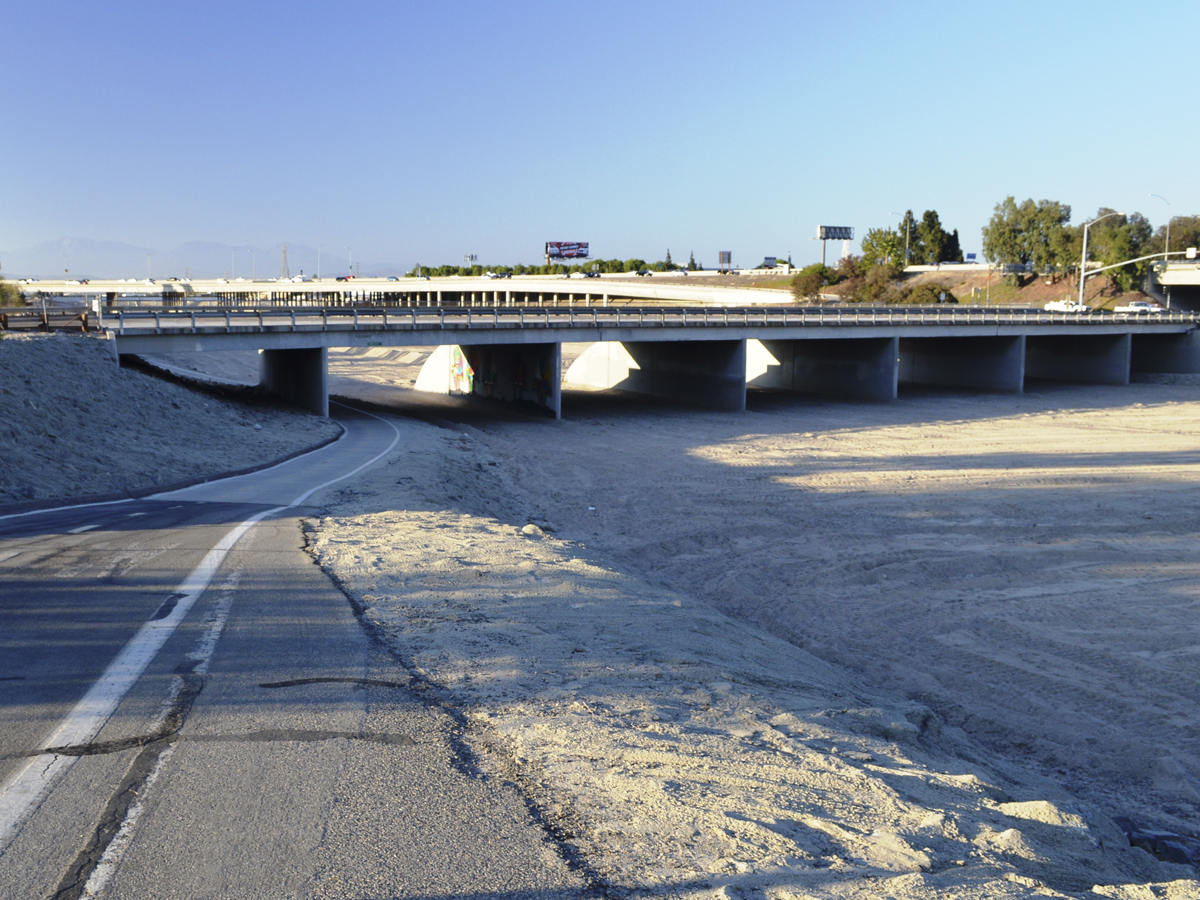
As California enters its fourth year of severe drought, Gov. Jerry Brown is taking aggressive action to save water by requiring the state to reduce its water usage by 25 percent. Announced on April 1, the unprecedented state mandate will support the UC in its ongoing efforts to conserve and manage water throughout its 10 campuses.
Annual surveyors recently discovered the Sierra Nevada snowpack, critical to California’s water supply, to be at its lowest levels since record-keeping began in 1950. “People must realize we are in a new era. The idea of your nice little green grass getting lots of water every day, that’s going to be a thing of the past,” Brown said in a state press release.
The decision will require campuses, golf courses, cemeteries and other large landscapes to conserve water; local governments to replace 50 million square feet of lawns with drought-tolerant landscape; and create a temporary statewide rebate program, allowing consumers to replace older appliances with more water- and energy-efficient ones.
UCR Associate Professor of Environmental Sciences David Crohn said the governor is attempting to safeguard agriculture, which Crohn says is “our most important industry.” California’s agricultural industries — which use up to 80 percent of the state’s drinking and irrigation water — will not be required to follow the state mandate, though many are being asked to reduce their water use. Though these industries contribute only 2 percent to the state’s overall economy, they produce nearly half of all fruits, nuts and vegetables consumed in the United States.
Brown was prompted to take further action after the state struggled to reach a voluntary 20 percent water reduction last year, which was preceded by a declaration of drought emergency. Though UC President Janet Napolitano has previously announced goals of following through with this reduction by 2020, every UC has also released water reduction plans tailored to each respective campus. For UCR, one core recommendation includes retrofitting the campus with more water-efficient technologies in some of the older facilities.
“Our metering capabilities throughout campus and the dorms could be improved. That would help us to better see where our water is used (or) where our use could be more efficient,” Crohn said. Though UCR is located in a hotter climate than other UCs, the university’s water supply is not as heavily impacted as it is locally sourced.
Requiring large amounts of water for irrigation and landscaping, UCR obtains most of its drinking water from the city, which pumps underground aquifers in the San Bernardino and Riverside area. Using 2012 as a baseline, UCR would be required to reduce its water usage by 10 percent or about 70 million gallons to reach systemwide cutbacks in water use.
Associate Professor of Environmental Economics and Policy Ken Baerenklau said, “In Southern California, based on current water rates, we have about three years of storage left,” about the ongoing drought. “But, it’s important that we don’t go blindly into investing in reduction strategies. We need common sense and a critical eye toward what works and what doesn’t.”








